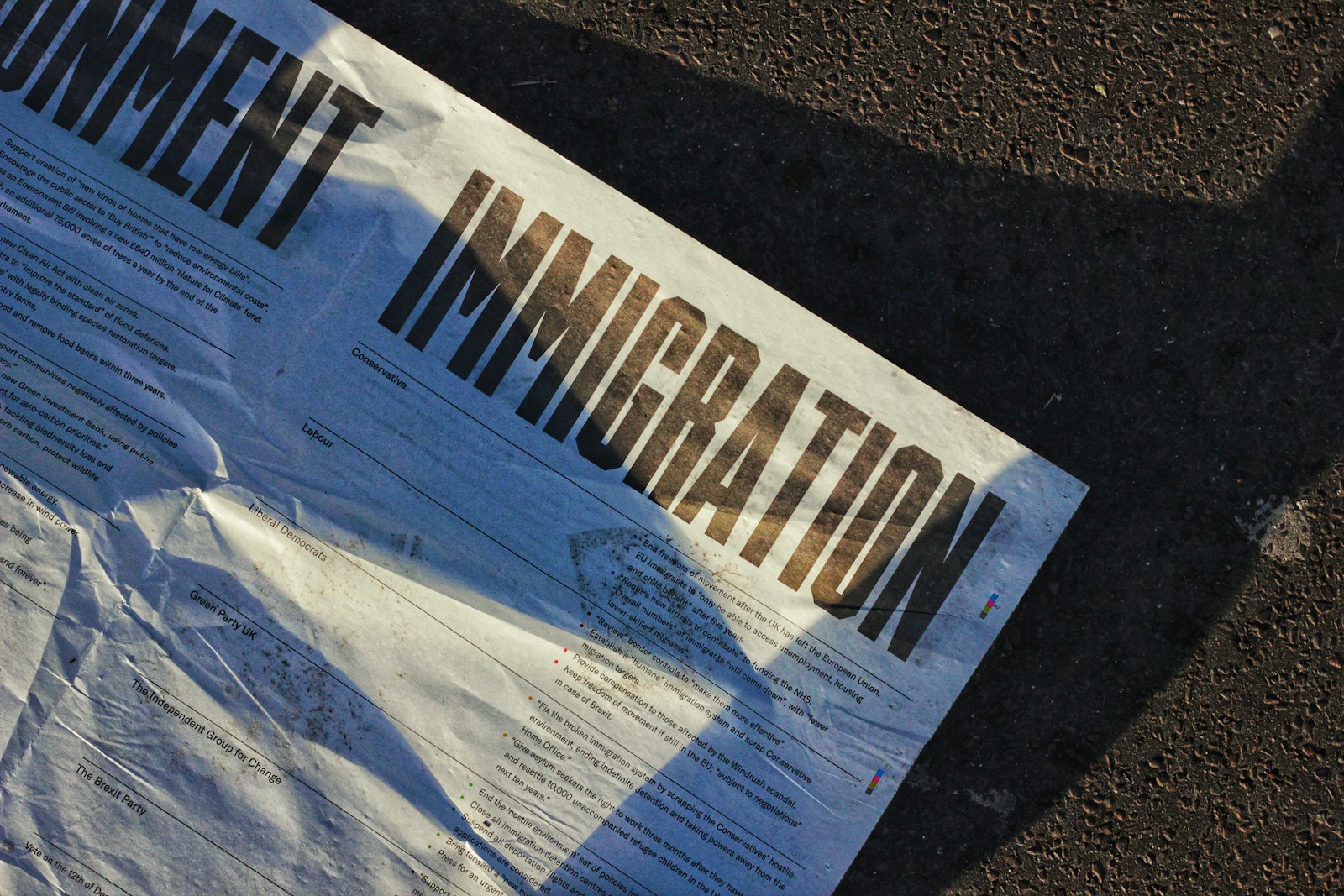Key Takeaways:
• President Trump plans to enforce stricter National Guard deployment measures.
• Two Guard members were shot near the White House and remain in critical condition.
• An Afghan national has been arrested in connection with the shooting.
• The administration suspended Afghan immigration pending security reviews.
• Experts warn of possible escalation and widespread gun violence risks.
Trump’s National Guard Deployment Plan Tightens
Following a recent shooting that left two National Guard troops critically wounded near the White House, President Trump announced he will tighten National Guard deployment across the capital. The move comes after a political commentator suggested Mr. Trump would respond with tougher measures. While additional troops may boost security, the exact impact remains unclear.
Why Trump Is Changing National Guard Deployment
First, the president had already extended the National Guard deployment through the end of February. However, after the shooting, he ordered 500 more troops to join the mission. Therefore, the guard’s presence will grow even stronger. The White House hopes this show of force will deter future violence near key government sites.
What Sparked the Changes?
Last week, two National Guard members stood guard just steps from the president’s residence when gunfire erupted. Initially, state officials reported the soldiers had died. Later, authorities clarified both are alive but in critical condition. The incident shook the city and prompted an urgent review of security protocols.
Who Is the Suspect?
Investigators arrested 29-year-old Rahmanullah Lakanwal, an Afghan national who once worked with the U.S. military overseas. While authorities have not released any motive, they are examining his background and possible ties that may explain the attack. Meanwhile, troops remain on high alert as officials gather more evidence.
What Experts Say
A political commentator in a leading newspaper argued that the shooting marks a turning point for the president’s security stance. According to this view, tougher rules and more guards on patrol will follow. Moreover, leaders from a major gun safety group warned that this event shows no area is safe from gun violence, even near the nation’s most protected buildings.
Impact on Immigration Policy
In direct response, the administration paused immigration requests for Afghans. Citizenship and immigration officials said they will review all security and vetting procedures before resuming approvals. Consequently, thousands of pending cases face delays as the government tightens rules for anyone arriving from conflict zones.
Act of Terror and Strong Words
President Trump called the assault an act of terror. He vowed to remove all foreigners from any country who “doesn’t belong here.” This statement signals a hard line on immigration tied to national security concerns. Also, it underscores the administration’s intention to link public safety and immigration controls more closely.
Possible Effects of a Tighter Guard Mission
First, more National Guard deployment can boost visible security. Guardsmen will patrol streets, guard buildings, and control checkpoints. Second, a larger force may reduce the chance of another attack on troops. However, experts caution that simply sending more troops may not solve the underlying issues of gun violence.
Risks of Escalation
Increased troop numbers can also raise tensions in the community. When heavily armed forces appear, some residents may feel uneasy. Furthermore, there is a danger of overreach if rules of engagement are too strict. Therefore, clear guidelines and training will be crucial to avoid potential clashes.
Balancing Security and Public Trust
To win public trust, officials must explain why extra troops are needed. Open communication, community meetings, and transparent rules can help. Also, local leaders should voice concerns so security forces respect civil rights. Without trust, a stronger guard presence could backfire.
Comparisons to Past Deployments
The capital has seen National Guard deployments before during major protests or threats. In those cases, the guard helped keep order without reports of serious clashes. By contrast, the recent shooting shows that even well-protected zones can be vulnerable. Consequently, officials must learn from past missions to prevent similar attacks.
What’s Next?
Investigators continue to question the suspect and gather evidence. Security officials will assess whether the new 500 troops are enough or if more changes are needed. Meanwhile, the immigration pause for Afghans remains in effect. Over the coming weeks, all eyes will be on Washington as it adapts to this latest threat.
Conclusion
In summary, the shooting near the White House has triggered a tougher stance on National Guard deployment. While extra troops may deter attacks, success will depend on careful planning and community cooperation. At the same time, the administration’s immigration shake-up highlights its efforts to link security and foreign policy more tightly. Finally, as more information emerges, leaders must balance strong protection with public confidence.
FAQs
What will happen to immigration requests affected by the pause?
Delays will continue until officials complete their review of security and vetting steps. Once they confirm stronger protocols, they are likely to resume processing cases.
How might residents react to more guards in the city?
Some may feel safer with visible protection. Others could worry about heavily armed troops on their streets. Community outreach will be key to easing concerns.
Could the new measures fully prevent future shots?
No security plan is perfect. While added troops can deter some attacks, solving gun violence requires broader measures like stronger laws and community programs.
Will this incident change national security policies beyond Washington?
It’s possible. A high-profile shooting could prompt reviews of guard deployments in other cities and federal sites.

